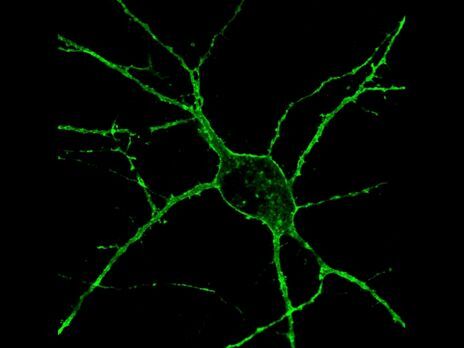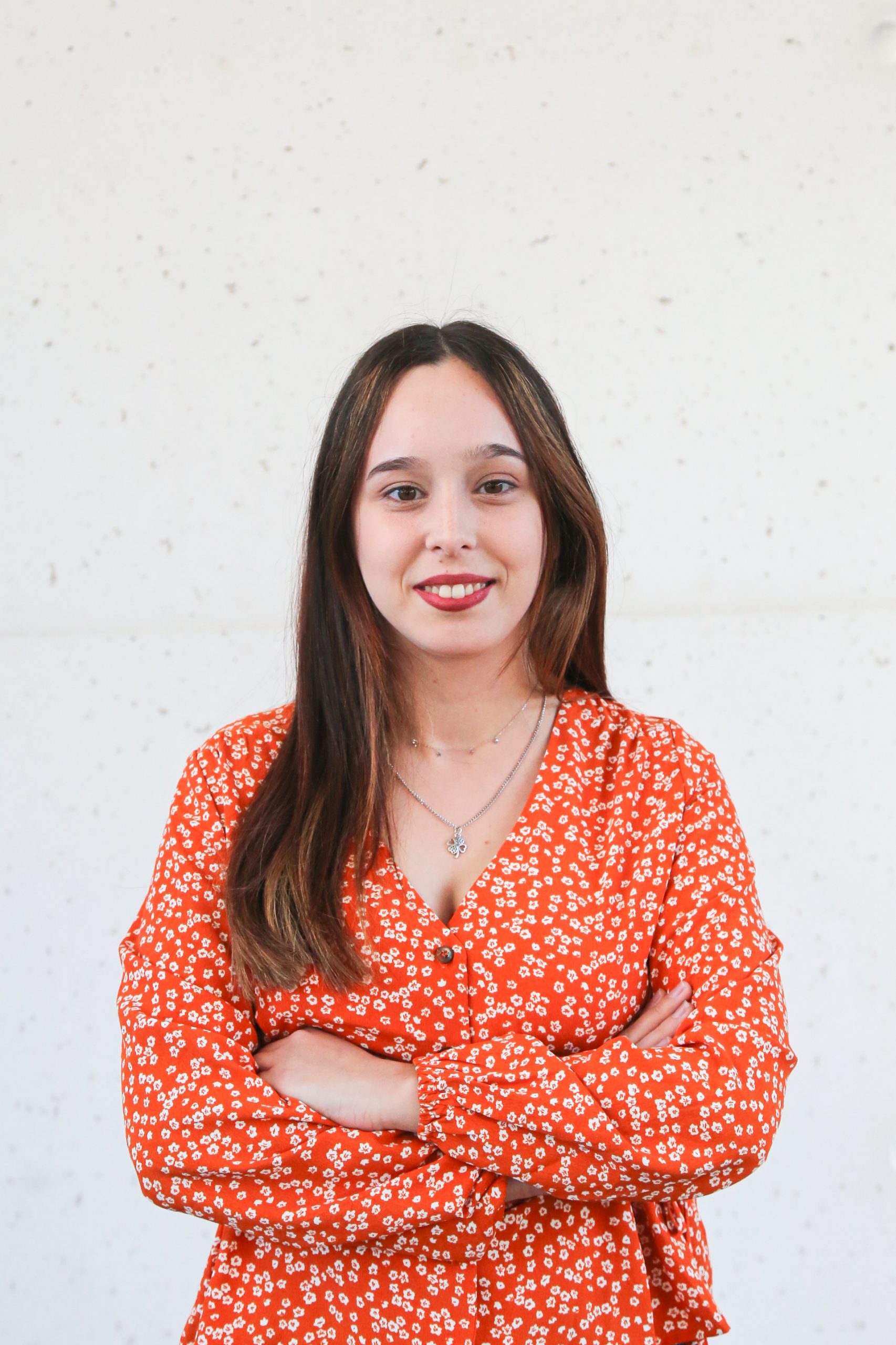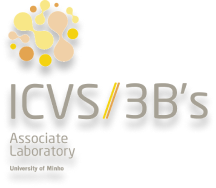
Lipids in Alzheimer’s disease
Here we propose to study how brain regional lipid composition contributes to susceptibility to neurodegenerative disorders. We use different approaches to tackle this question, from mass…

Cidália Pereira is a PhD candidate at the University of Minho (Braga, Portugal) under the supervision of Tiago Gil Oliveira and Andreia Teixeira-Castro. She obtained a Bachelor Degree (BSc) in Applied Biology (School of Sciences, University of Minho) in 2019, followed by a Master Degree (MSc) in Molecular Genetics (School of Sciences, University of Minho) in 2022. In the beginning of 2023, Cidália volunteered as a trainee at the Life and Health Sciences Research Institute (ICVS, UM), working in neurodegenerative diseases, more specifically with Alzheimer’s Disease, where she integrated the project entitled “The role of phospholipase D2 in Alzheimer’s Disease”. Her PhD work will focus on the role of the phospholipase D pathway in tauopathy mechanisms, through its participation in autophagy regulation.

Cidália Pereira is a PhD candidate at the University of Minho (Braga, Portugal) under the supervision of Tiago Gil Oliveira and Andreia Teixeira-Castro. She obtained a Bachelor Degree (BSc) in Applied Biology (School of Sciences, University of Minho) in 2019, followed by a Master Degree (MSc) in Molecular Genetics (School of Sciences, University of Minho) in 2022. In the beginning of 2023, Cidália volunteered as a trainee at the Life and Health Sciences Research Institute (ICVS, UM), working in neurodegenerative diseases, more specifically with Alzheimer’s Disease, where she integrated the project entitled “The role of phospholipase D2 in Alzheimer’s Disease”. Her PhD work will focus on the role of the phospholipase D pathway in tauopathy mechanisms, through its participation in autophagy regulation.

Here we propose to study how brain regional lipid composition contributes to susceptibility to neurodegenerative disorders. We use different approaches to tackle this question, from mass…



Phone: +351 253 604 967
Fax: +351 253 604 809
Email: icvs.sec@med.uminho.pt
Life and Health Sciences
Research Institute (ICVS)
School of Medicine,
University of Minho,
Campus de Gualtar
4710-057 Braga
Portugal

Copyright ©2022 ICVS. All Rights Reserved



Copyright ©2022 ICVS. All Rights Reserved
Life and Health Sciences
Research Institute (ICVS)
School of Medicine,
University of Minho,
Campus de Gualtar
4710-057 Braga
Portugal



Copyright ©2022 ICVS. All Rights Reserved
Life and Health Sciences
Research Institute (ICVS)
School of Medicine,
University of Minho,
Campus de Gualtar
4710-057 Braga
Portugal

